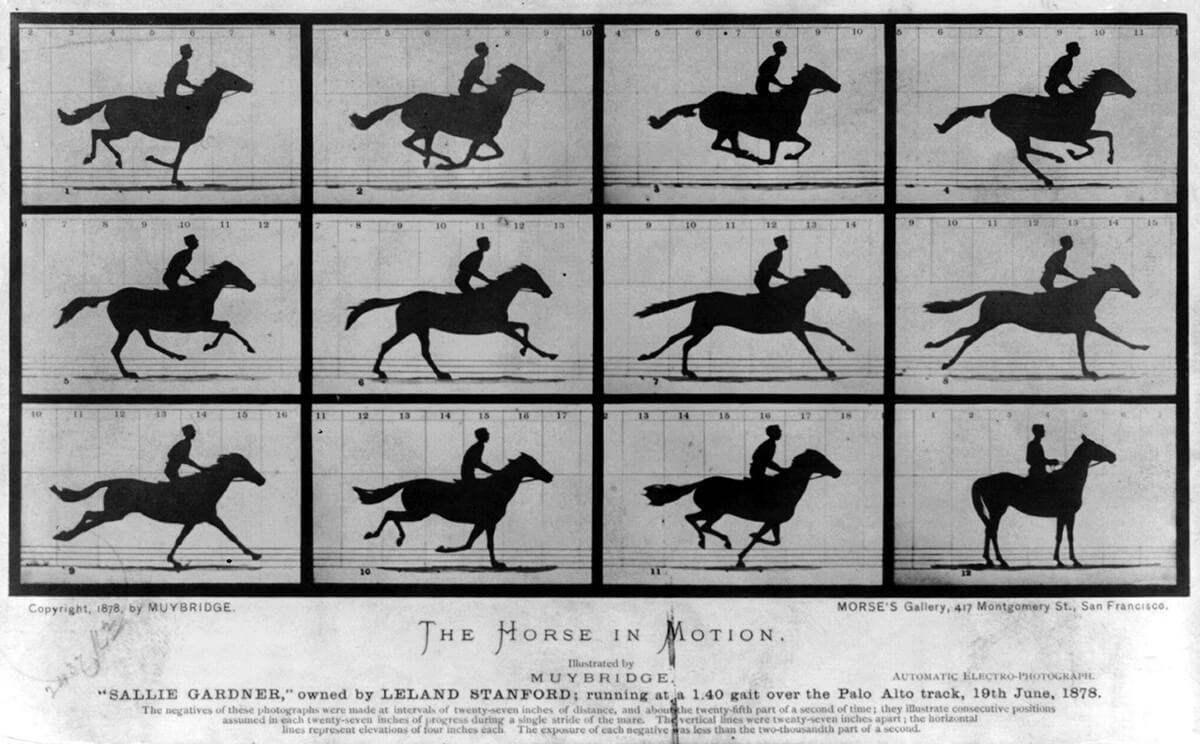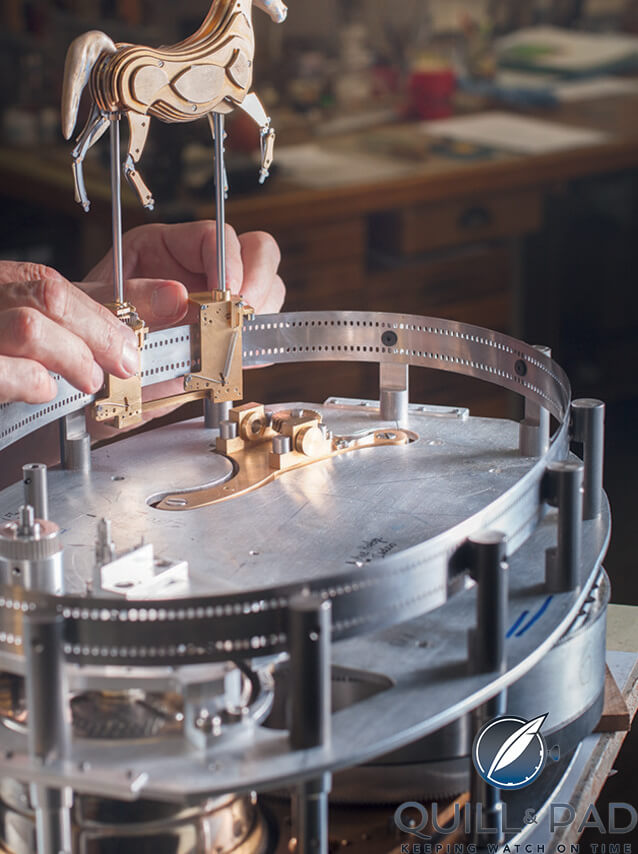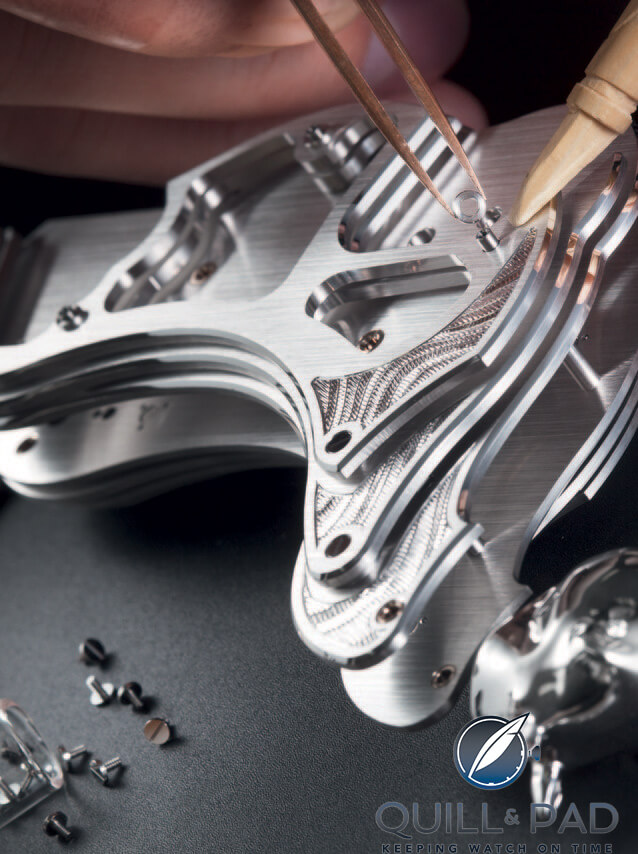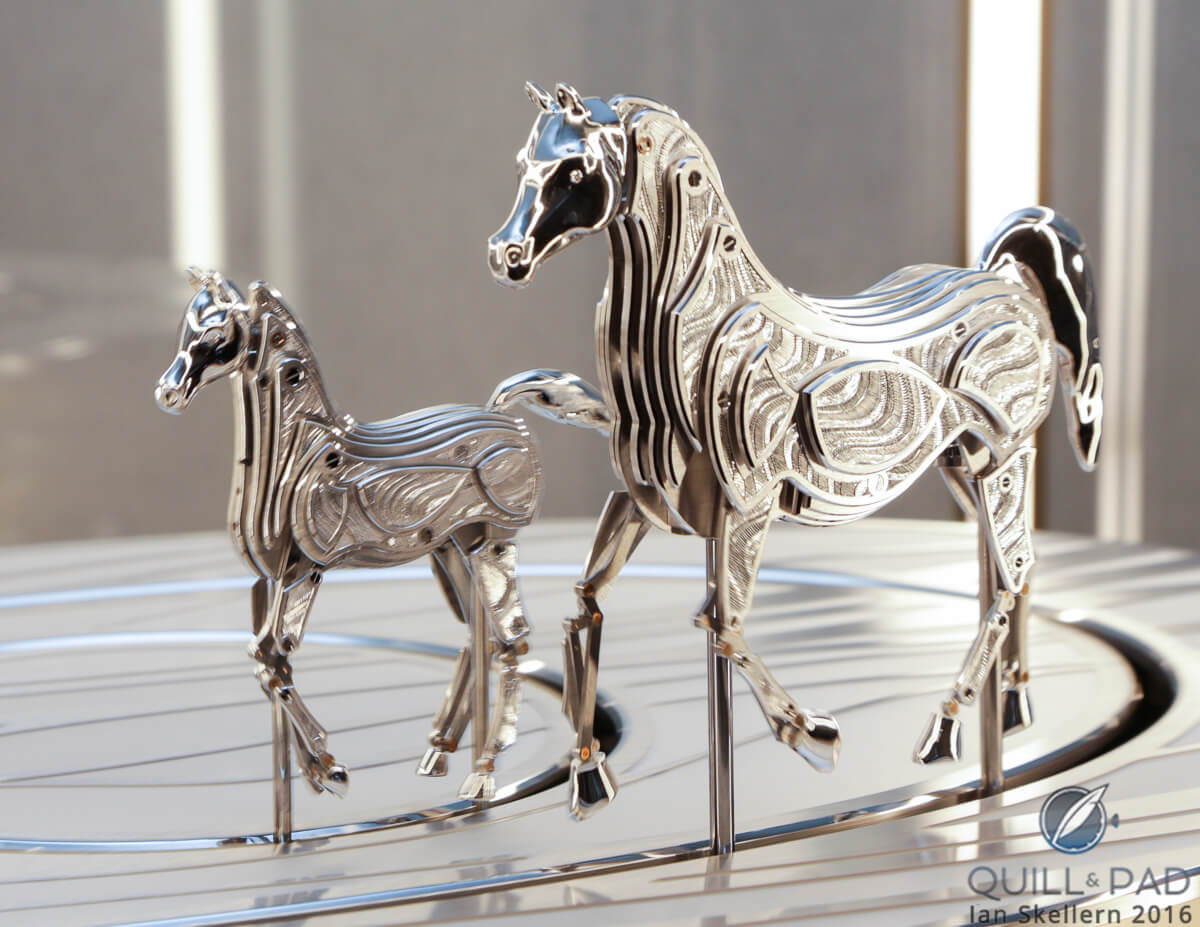The horse, an imposing majestic creature, is our earliest form of long-distance vehicle. Equus ferus caballus is inextricably linked to all kinds of history and has played an extremely important role in the development of modern civilization.
Only in the last century has the horse lost its status as the primary mode of transportation except in the most remote areas of the world.
While dogs, cats, sheep, cattle, goats, and pigs were domesticated first, domestication of the horse around 3000 BCE was a big turning point, one that allowed humankind to travel quickly. Horses allowed for much faster migration and the eventual clashing of cultures thanks to territories overlapping with previously unknown peoples.

The history of the Mongols is probably the best example of this over the last five millennia (recommended listening: Hardcore History podcast – Wrath of the Khans I).
As well as providing transportation, horses became ever more familiar to humans and animals and their owners formed lifelong bonds. This added to the growing reverence for the horse, one that lasts to this day in much of the world.
Horses are symbols of freedom, power, and wisdom to people around the world. And as such, depictions of horses remain a mainstay to artistic endeavors.
And nothing about this animal is more intriguing than the magnificent sight of a horse in motion, and that’s why recreating that movement in a machine has been a goal of many skilled automata builders throughout history (see Why Independent Russian Watchmaker Konstantin Chaykin Is A Movie Star).
One of the most fantastical examples of a horse automaton I have ever seen was at SIHH 2016, at none other than the Parmigiani Fleurier stand.
The study of horses
The name of this automaton is Hippologia, which is derived from the Greek words hippos, meaning “horse,” and logos meaning “study.” Hippology is the English word for the study of the horse.
While that might sound like a lofty name for a simple automaton, it really gets to the heart of the piece. This automat is the culmination of extensive study into the horse and its movements.
One viewing of the Hippologia in action is enough to confirm that the horses’ gaits seem completely fluid and natural. While this may seem like a relatively simple task, creating this movement takes a huge amount of analysis and testing. Multiple articulated armatures are finicky, requiring slight adjustments to pivot points and linkage lengths to achieve largely different motions.
The Hippologia displays two horses, a mare and a foal, taking a stroll around a Lalique glassware cabinet enclosing the highly complicated automaton and eight-day clock movement.

Iconic photo by Eadweard Muybridge (1830 – 1904) proving horse had all four hooves in the air at gallop (photo courtesy Wikipedia)
The mare makes its rounds on the outside track at a slow trot, taking an oval path, all the while moving in a leisurely trotting gait; the foal moves in a circle on the inside path.
And since the little foal is smaller and needs to catch up with its mother, it runs along in a short gallop. I bring your attention to their chosen paths and their differing movement styles because to make them happen required a huge amount of work that barely overlaps.
The secret is in the gait
Making two automaton horses move with two different types of gaits − trot and gallop − along two different-shaped paths requires almost completely independent solutions. That is because, with linkages driven by gears and pinions, the approach for each must be individually calculated, tested, and adjusted for completely different goals.
Equine nerd side note: gait, as it refers to horses, is the pattern of movement of the limbs specific to different paces of locomotion over the ground. Basically, how a horse moves its legs differently to move more or less quickly or carefully.
When walking, a horse only has one hoof in the air at a time in a one-beat movement; when trotting, a horse has two hooves in the air in a two-beat movement; when loping or cantering it has three hooves in the air in a three-beat movement; and when galloping all four hooves are in the air for a time in a four-beat movement.
Creating two very different types of motion (trot and gallop) requires separate drive trains for each, and the linkage design of the legs is modified as the motion of each leg differs from a trot to a gallop.
I’m sure there were many discussions about whether or not to have both horses use the same gait as this would have made development much easier, but in the end realism won out over simplicity. The length of linkages, the size of off-center cranks, the gear ratios of the mare and foal’s drive trains all needed to be calculated separately to achieve the very realistic, but very different, gaits of each horse.
Each leg can have up to six linkage sections with over a dozen pivot points that are extremely critical to the desired path and smoothness of movement. If a linkage were to be a little too long, or a pivot in the wrong spot – or if a pivot were to bind at just the wrong moment – the entire movement of the leg might be thrown out of whack.
More than meets the eye
This critical movement is only made more difficult by the pattern in which each leg needs to move relative to the others, which also is different for each horse based on the desired gait. This is managed by the carefully calculated gear train that resides in each horse’s body. That gear train also creates a movement for the solid silver head and tail, adding to the realism of each horse’s gait.
But how are these horses mechanically powered if they are mounted on solid pillars that help them travel around the clock? This is probably one of the defining features of complex automata throughout history: the hidden axle that powers the seemingly disconnected mechanical marvel.
Inside the pillars that the horses are mounted on, an axle rotates with a bevel gear mating to the horse mechanism, and a gear or sprocket on the other end mating with something to drive the motion.
If the horses were stationary, the motion would be driven by a gear meshing with an external drive train. But since the horses both race around the glass cabinet, they needed to mesh with stationary racks upon which they are driven past, activating the automaton.
Again, it would have been much easier if the same system could be used for both horses but, alas, since they take different paths in different shapes, that was not an option.
The solution brings us back to my mention of a gear OR sprocket attached to the bottom end of the drive axles. The foal in the center rotates in a circular path, which makes driving it relatively easy (compared to the mare).
The bottom of the axles feature a gear that meshes with an internal ring gear rigidly mounted to the upper plate of the base mechanism. The horse’s path of rotation is pivoted around a central axis and the ring gear drives the axles transferring the motion into the foal’s internal mechanism. The solution for the mare is less straightforward.
You had to make it difficult, didn’t you?
Since the mare needs to take an oval path around the Hippologia, a couple different solutions could be used. If a gear-only solution was to be utilized, a hypotrochoidal configuration could be used to provide an oval path where one gear rotates around the interior of an internal ring gear and the object being driven is found at a position away from the center of the smaller gear.
This system could create oval movement, but the system itself would interfere with its ability to also drive two axles separated by a large distance, not to mention it would intersect with the foal’s mechanism as well. So that solution was out.
The solution Parmigiani used is so much more interesting with its outside-the-box thinking. To create an oval movement, drive the separate axles, and not interfere with the inset mechanism of the foal, a pulley driven carriage slides around a curved track that doubles as a rack that drives two sprockets attached to the axles of the mare.
What? I know, let’s break it apart.
The larger trotting horse is mounted to twin sliding carriages that are connected to maintain proper spacing, but allowed to rotate separately and follow the curve of the track. The carriages wrap around the track in the shape of a C because the track is mounted to posts on the exterior surface. The track is a very thin strip of metal that is rather tall, probably around a few centimeters (an inch or so) taller compared to its thin profile, which is most likely 0.5 mm or thinner.
The track is pierced on the top and bottom with evenly spaced rectangular holes, perfect for the teeth of a sprocket to mesh with. These holes are what provide the rotation for the axles as the sprocket rolls around the ellipse driven by meshing with the thin rack. The ratio of these holes to the diameter of the ellipse is the same calculation as any other gear train, it just takes a different form.
The most difficult aspect of this solution is actually making sure the carriages are rigid enough to maintain smooth and steady motion around the track, while being free-moving enough to eliminate any binding issues and keep the energy required to drive it at a minimum.
The action is completed by a pulley system that continuously pulls the carriages around the track while not interfering with the action of the mechanism. The entire solution is an astonishing success and provides two horses with very different yet extremely beautiful movements.
Even more incredibly, the automaton mechanism is almost completely separate from the eight-day clock movement and uses twice as many components: more than 2,200 for the pair of equines.
Style and grace
The eight-day clock is almost overshadowed by the awesomazing automata above it, but it shines when you understand what it does as well. Providing two sliding scales for the elegant passing of hours and minutes, the clock display is plated in gold and surrounded by glittering diamonds. The automaton can be set to run at a given time or on command.
Before the automaton runs, a gong will chime signaling the start of the show.
Since the automaton can be set to run at a given time based on the clock movement, this means that the entire thing can technically be considered a chiming alarm with automaton alarm display. The automaton can run three times for 40 seconds when fully wound, so without additional manual activation, the automaton must be wound three times before the clock needs to be wound again.
Knowing how much I would want to play with it, I would need to rewind the automaton every couple of minutes!
And that is because the Hippologia inspires awe in the grace of the horses’ movements and adoration for the style of the presentation. The Lalique glass cabinet is a swirl of gold and translucent shapes.
The mother-of-pearl cabochons, white and champagne-colored diamonds, anthracite, gold, white gold, polished silver, nickel-palladium, and rhodium plating make the Hippologia a dazzling beauty to behold, even if it was just a visual object.
But once you consider everything that the mechanisms can do and how beautiful the sounds and displays are, this object becomes a piece of magic and a window to beauty. It is a mixture of the mechanical and natural worlds, something that deserves to be heralded as a wonder of the art world, of horology, and of our scientific culture.
If these types of objects continue to be made, our world will only get better.
For more information, please visit www.parmigiani.ch/hippologia.
Quick Facts
Presentation: 300 x 550 x 350 mm, Lalique glass cabinet, diamonds, mother-of-pearl, white gold, nickel-palladium, rhodium, silver
Movement: manual winding Caliber PF239
Functions: hours, minutes; twin automata manually or time activated, gong indication
Limitation: one piece unique
Price: 2.4 million Swiss francs
* This article was first published on May 11, 2016 at Equus Forma Mechanica: The Parmigiani Fleurier Hippologia.
You may also enjoy:
Jaquet Droz Signing Machine: The Evolution Of Traditional Automata



































































Leave a Reply
Want to join the discussion?Feel free to contribute!